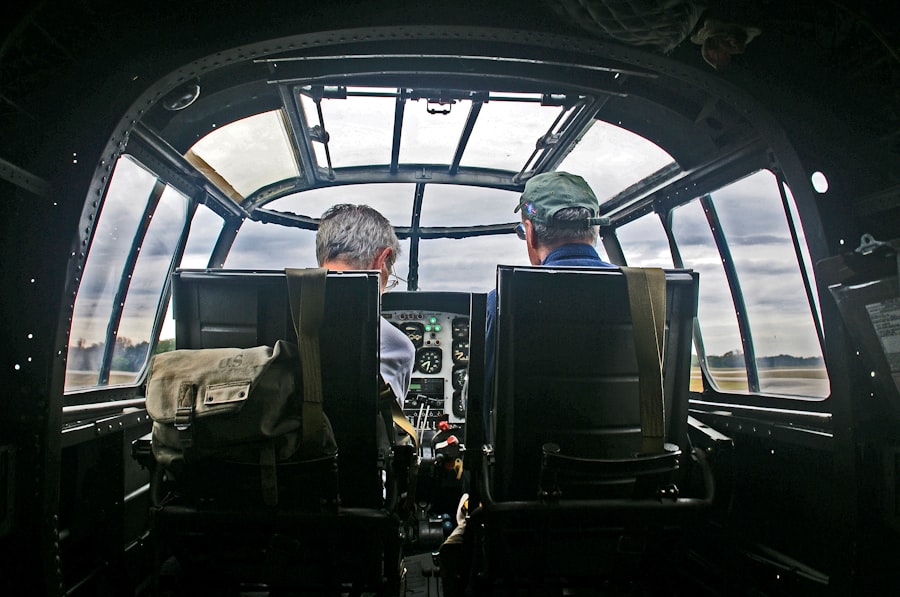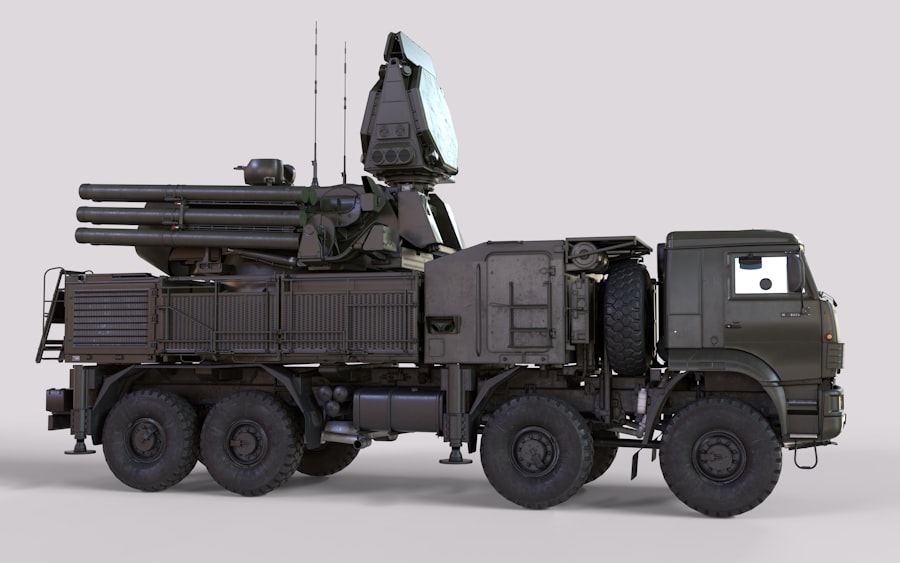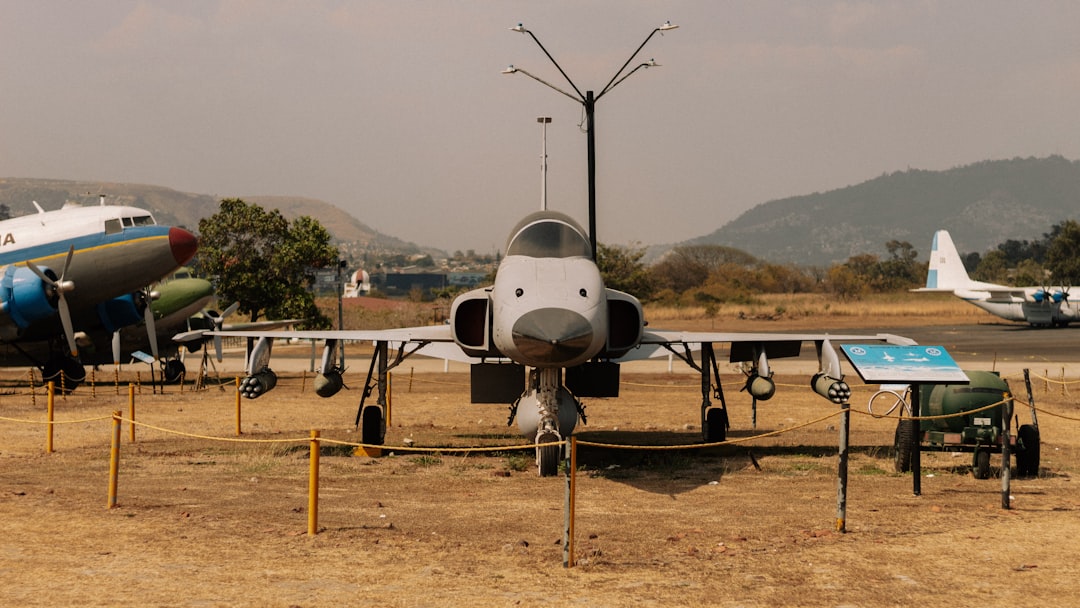Animal guidance systems have emerged as a fascinating and effective component of military operations, blending the natural instincts of animals with human strategic planning. These systems leverage the unique abilities of various species to enhance reconnaissance, communication, and even combat capabilities. As military forces around the world seek innovative solutions to complex challenges, the integration of animals into operational frameworks has gained renewed attention.
This approach not only capitalizes on the innate skills of animals but also reflects a broader understanding of how nature can complement technology in modern warfare.
By employing trained animals, military organizations can achieve objectives that might be difficult or impossible to accomplish with technology alone.
From detecting explosives to providing real-time intelligence, animal guidance systems offer a unique advantage that can significantly influence the outcome of military engagements. As the landscape of warfare continues to evolve, understanding the historical context and current applications of these systems becomes essential for appreciating their role in contemporary military operations.
Key Takeaways
- Animal guidance systems have been used in military operations throughout history, and continue to play a role in modern warfare.
- Various types of animals, including dogs, dolphins, and pigeons, have been utilized in military guidance systems for tasks such as detection, communication, and transportation.
- Training and conditioning of animals for military operations is a crucial aspect of their effectiveness and reliability in the field.
- Advantages of using animal guidance systems include their sensory capabilities and adaptability, while challenges include the risk of injury and ethical considerations.
- Technological advancements in animal guidance systems, such as the use of GPS and remote sensing, are shaping the future of their potential applications in military operations.
The History of Animal Use in Warfare
The history of animal use in warfare dates back thousands of years, with various civilizations recognizing the strategic advantages that animals could provide on the battlefield. Ancient armies utilized horses for transportation and cavalry charges, while elephants were employed in large-scale confrontations to instill fear and disrupt enemy formations. The Romans famously used dogs for guarding camps and hunting down enemies, showcasing the diverse roles that animals have played throughout military history.
As warfare evolved, so too did the methods of utilizing animals. During World War I, pigeons became invaluable for communication, carrying messages across enemy lines when other means were compromised. Similarly, dogs were trained for various tasks, including search and rescue missions, as well as detecting gas attacks.
The adaptability of these animals demonstrated their potential to enhance military effectiveness, leading to more structured training programs and the establishment of specialized units dedicated to animal assistance in combat scenarios.
The Role of Animal Guidance Systems in Modern Military Operations

In contemporary military operations, animal guidance systems have taken on new dimensions, integrating advanced training techniques and technology to maximize their effectiveness. These systems are designed to harness the natural instincts and capabilities of animals, allowing them to perform tasks that are critical to mission success. For instance, dogs are often deployed for explosive detection, search and rescue missions, and even as sentinels to alert troops to potential threats.
Their acute sense of smell and ability to navigate complex environments make them indispensable assets on the battlefield. Moreover, the role of animal guidance systems extends beyond traditional combat scenarios. In counter-terrorism operations, for example, specially trained animals can assist in locating hidden explosives or identifying suspicious individuals in crowded areas.
Their ability to operate discreetly and effectively in urban environments provides military personnel with a tactical advantage that technology alone may not offer. As military strategies continue to adapt to new challenges, the integration of animal guidance systems remains a vital component of operational planning.
Types of Animals Used in Military Guidance Systems
| Animal Type | Role in Military Guidance Systems |
|---|---|
| Dogs | Explosive detection, search and rescue |
| Dolphins | Underwater mine detection and clearance |
| Sea Lions | Underwater object retrieval and marine security |
| Rats | Landmine detection |
| Pigeons | Message delivery and reconnaissance |
A variety of animals have been employed in military guidance systems, each selected for their unique abilities and characteristics. Dogs are perhaps the most well-known, with breeds such as German Shepherds, Belgian Malinois, and Labrador Retrievers being favored for their intelligence, trainability, and strong work ethic. These dogs are often trained for specific roles, including detection work, patrol duties, and even as therapy animals for soldiers dealing with combat-related stress.
Beyond dogs, other animals have also found their place in military operations. For instance, dolphins have been utilized by naval forces for underwater reconnaissance and mine detection due to their advanced echolocation abilities. Similarly, pigeons have been revived in some contexts for their historical role in communication, particularly in situations where electronic devices may be compromised or unreliable.
Each species brings its own set of skills to the table, allowing military planners to tailor their strategies based on the strengths of different animals.
Training and Conditioning of Animals for Military Operations
The training and conditioning of animals for military operations is a meticulous process that requires expertise and dedication. Trainers must understand not only the physical capabilities of the animals but also their psychological needs and behavioral patterns. This comprehensive approach ensures that the animals are not only effective in their roles but also well-adjusted and capable of handling the stresses associated with military environments.
For example, explosive detection dogs undergo rigorous training to identify specific scents associated with explosives while remaining calm in high-pressure situations. This process often involves positive reinforcement techniques that encourage desired behaviors while building a strong bond between the animal and its handler.
The success of these training programs is crucial for ensuring that animals can perform reliably in real-world scenarios.
Advantages and Challenges of Using Animal Guidance Systems

The advantages of using animal guidance systems in military operations are manifold. One significant benefit is the ability of trained animals to perform tasks that may be challenging or dangerous for human personnel. For instance, dogs can navigate through rubble after an explosion or enter areas where there may be hidden threats without putting human lives at risk.
Their keen senses allow them to detect explosives or locate missing persons more effectively than technology alone in many cases. However, challenges also accompany the use of animal guidance systems. One major concern is the welfare of the animals involved; ensuring that they are treated humanely and provided with appropriate care is paramount.
Additionally, there are logistical challenges related to transporting and housing these animals during deployments. Weather conditions and environmental factors can also impact their performance, necessitating careful planning and consideration by military leaders.
Ethical Considerations and Animal Welfare in Military Operations
As military organizations increasingly rely on animal guidance systems, ethical considerations surrounding their use have come to the forefront. Advocates for animal welfare emphasize the importance of treating these animals with respect and ensuring their well-being throughout their service. This includes providing proper training, medical care, and retirement options for animals once they have completed their duties.
Moreover, ethical dilemmas arise when considering the potential risks faced by these animals during operations. Military planners must weigh the benefits of deploying trained animals against the potential dangers they may encounter in combat situations. Striking a balance between operational effectiveness and animal welfare is essential for maintaining public trust and ensuring that military practices align with broader societal values regarding humane treatment.
Technological Advancements in Animal Guidance Systems
Technological advancements have significantly enhanced the capabilities of animal guidance systems in recent years. Innovations such as GPS tracking devices allow handlers to monitor the location and movements of deployed animals in real-time, improving coordination during missions. Additionally, advancements in communication technology enable seamless interaction between handlers and their animals, facilitating more effective teamwork on the battlefield.
Furthermore, research into animal behavior has led to improved training methodologies that leverage technology to enhance learning outcomes. For instance, virtual reality simulations can be used to expose animals to various scenarios they may encounter during operations, helping them acclimate to stressful environments without actual risk. These technological developments not only improve operational efficiency but also contribute to better outcomes for both animals and military personnel.
Case Studies of Successful Military Operations with Animal Guidance Systems
Numerous case studies illustrate the successful integration of animal guidance systems into military operations. One notable example is the use of dogs during Operation Enduring Freedom in Afghanistan, where specially trained canines played a crucial role in detecting improvised explosive devices (IEDs). Their ability to locate hidden explosives saved countless lives and allowed troops to navigate dangerous areas more safely.
Another compelling case involves the deployment of dolphins by the U.S. Navy for underwater mine detection during various maritime operations. These marine mammals demonstrated remarkable proficiency in identifying submerged threats, showcasing how animal guidance systems can complement human efforts in complex environments.
Such examples highlight not only the effectiveness of these systems but also their potential to adapt to evolving operational needs.
Future Developments and Potential Applications of Animal Guidance Systems
Looking ahead, the future developments in animal guidance systems promise exciting possibilities for military operations. As research continues into animal behavior and training techniques, there is potential for even greater integration between technology and biology. For instance, advancements in genetic research may lead to enhanced breeds specifically designed for military applications, optimizing traits such as intelligence and resilience.
Moreover, as global security challenges evolve, new applications for animal guidance systems may emerge beyond traditional combat roles. For example, trained animals could play a vital role in humanitarian missions or disaster response efforts by locating survivors in collapsed structures or providing support during crises. The versatility of these systems positions them as valuable assets not only on the battlefield but also in various peacekeeping and rescue operations.
The Impact of Animal Guidance Systems on Military Operations
In conclusion, animal guidance systems have made a profound impact on military operations throughout history and continue to shape modern warfare strategies today. By harnessing the unique abilities of various species, military organizations can enhance their operational effectiveness while navigating complex challenges on the battlefield. The integration of trained animals into military frameworks reflects a broader understanding of how nature can complement human ingenuity.
As advancements in training methodologies and technology continue to evolve, the potential applications for animal guidance systems will likely expand further into diverse operational contexts. However, it remains essential for military leaders to prioritize ethical considerations and animal welfare as they explore these innovative solutions. Ultimately, the successful integration of animal guidance systems not only enhances mission success but also underscores humanity’s enduring connection with the natural world in pursuit of security and peace.
In recent years, the military has increasingly explored the use of animal guidance systems to enhance operational capabilities. These systems leverage the natural abilities of animals, such as their acute senses and agility, to perform tasks that might be challenging for humans or machines alone. For instance, dolphins have been trained to detect underwater mines, while pigeons have been used historically for message delivery. An interesting article that delves into the broader applications of animal intelligence and technology can be found on Hey Did You Know This. To learn more about these fascinating intersections of nature and technology, you can read the related article by visiting this link.
WATCH THIS! The CIA’s Spy Cat and 3 Other Secret Animal Weapons That Almost Won the Cold War
FAQs
What are animal guidance systems in the military?
Animal guidance systems in the military refer to the use of animals, such as dogs, dolphins, and pigeons, to assist in various military operations, including detection, tracking, and search and rescue missions.
How are animals used in military guidance systems?
Animals are trained to use their natural abilities, such as keen sense of smell, hearing, and agility, to aid in military operations. For example, dogs are often used for bomb detection, dolphins for underwater mine detection, and pigeons for message delivery.
What are the advantages of using animals in military guidance systems?
Animals can provide unique capabilities that are difficult to replicate with technology, such as their ability to detect certain scents or navigate through challenging terrain. They can also be used in situations where electronic devices may be unreliable or unavailable.
Are there any ethical concerns with using animals in military guidance systems?
The use of animals in military operations raises ethical concerns regarding their welfare and treatment. There are ongoing debates about the ethical implications of training and deploying animals in potentially dangerous and stressful situations.
What are some examples of animal guidance systems used in the military?
Some examples of animal guidance systems used in the military include the U.S. military’s use of dolphins for underwater mine detection, the use of dogs for search and rescue missions, and the historical use of pigeons for message delivery during wartime.
